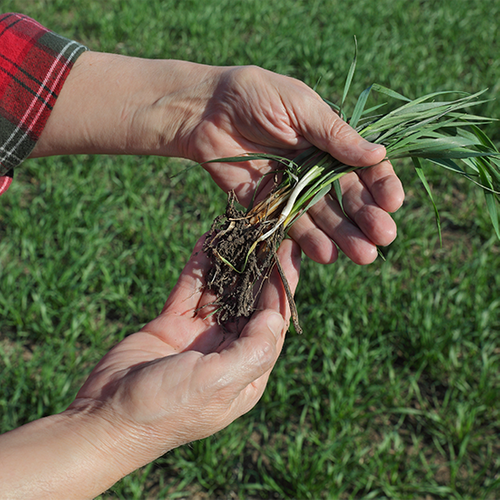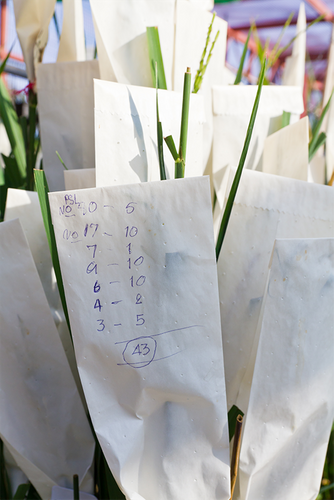The selection of samples of soil and plants
Methods for selection of soil samples
Since moving into the field to the customer
The selection of soil samples carried out by our technicians as the autosampler and manual drill. Regardless of the type of sampling is carried out fixation with GPS-receiver of each of the 30 injections within an elementary area (area selection and boundaries) to form a single sample. This allows to determine exactly how to place the selection of intermediate injections and tie assembly (composed of 30 shots), the sample to a specific site. This allows, e.g., to diagnose certain problem areas within the field, etc. receive cartograms Tackling on-site at the customer's field for the selection has certain advantages for the customer. Namely:
- Sampling is performed by professional pedologists This ensures correct formation of elementary section, which is important for not only the size (10-20 m and more), but groundwater cancellation within its limits, exposure, relief. It guides sometimes agrotechnical method for performing operations on a particular field.
- Determination of the minimum required number of samples sufficient to form correct recommendations It is not always increasing the number of samples taken from the field expedient. On the one hand - greater number of samples provides a more accurate picture of the field, to create maps for differential fertilizer, planting and maintenance of fields with the help of precision farming systems, and on the other hand - the lack of economies opportunity to take full advantage of such information leads to significant cost overruns funds. We care about the economic feasibility of use of our services and we understand that the introduction of precision farming - is not only the financial capacity management.
- Fixing the GPS coordinates of each injection within the formation (selection) of the sample Create maps of differential fertilizer, seeding and maintenance of fields is impossible without accurate snap sampling coordinates. Differentiated making - one of the advantages of precision farming. Departure date previously agreed upon and adjusted in accordance with the route plan.
Self-selection by the customer:
As described for the selection of soil samples customer selects independently and transmits any convenient way to the laboratory. Independent selection also has certain advantages. Typically, the customer selects the samples according to the procedure independently in the following cases:
- Farm processes advantageously small fields from 1 to 20 m
- The total area of the field is less than 200 ha
- Fields in the economy have a detailed history and are relatively uniform in relief and agricultural industrial groups
- The number of samples in the order of less than 10
As a rule, the cost of the analysis of a soil sample, which was taken independently are lower than in the case of the laboratory staff to travel to the selection field. The samples pass to our laboratory for agrochemical soil analysis by qualified experts on modern instruments, we guarantee prompt and high-quality produce results.

